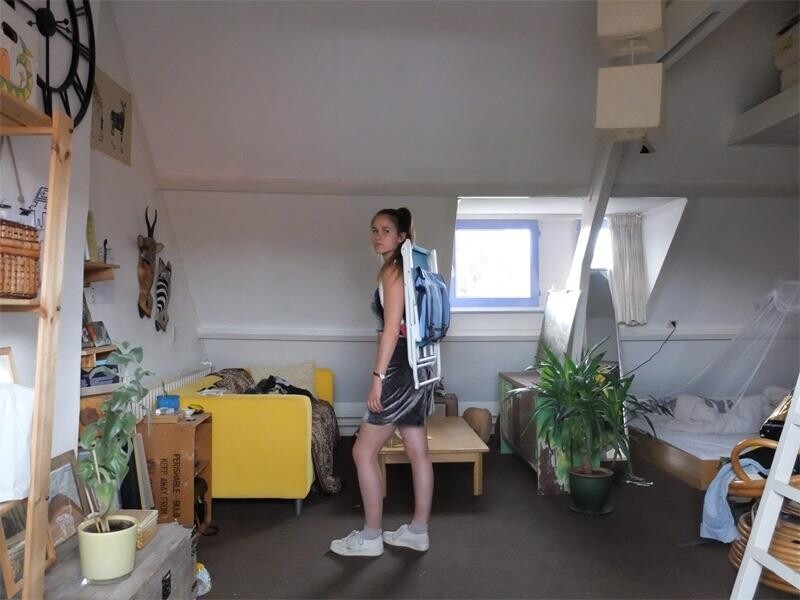
Health & Happiness in Drenthe
Student designs humanize healthcare in northern Dutch province
Good health is vital for a good life. But is a healthcare system the only way to good health? In promoting itself as a ‘health’ province, the northern Dutch province of Drenthe wants to explore other ways of addressing the subject. So it invited students from Leisure and Well-Being at DAE to embed health, in the broadest sense of the word, in the life and culture of the province.
Why this ambition? Drenthe is thinly populated and offers space for new initiatives. The province is already home to many healthcare facilities and so-called ‘care farms’.
Demographics are also important. As young people move to cities elsewhere, the elderly are left behind. The province is already investing in the health sector in an effort to keep skilled healthcare employees in the province after they were laid off by a manufacturer of healthcare equipment.
Drenthe has a history in providing beneficial surroundings for people in need. The Society of Humanitarianism was set up two centuries ago to relocate the urban poor to ‘healthy’ farmland in the region.
To the students of Well-Being and Leisure, then, the task of redefining the scope of healthcare. Can we imagine alternatives to the world of illness and institutions that spring to mind when we think of healthcare?
The aim of the studio was to humanize healthcare by thinking from the bottom up (the individual) rather than the top down (the system). Students set out to create ‘a perfect day’, because a day like that makes everyone feel good.
For some students, the answer lay in benefitting from the great outdoors. A walk in the woods becomes a rehabilitation exercise (Yahan Chou). Pathways through the landscape draw people offline and connect them with nature (Kai Hsu). A bike safari offers close encounters with living heritage (Rosa van der Kamp).
Even the rainfall is celebrated ways hitherto overlooked (Sara Kaiser, Boris Lancelot). Should the sun shine, then Tara Hoorweg’s backpack allows you to work outside. After all, because daylight lowers blood pressure and improves sleeping rhythms.
Other students zoomed in on materials specific to the region, such as rush (Don Yaw Kwaning), oak (Daan Rodie), peat (Dan Porat). Products included a mask for exercising facial muscles (Lisa Hofer), and a kettle for sufferers of arthritis or rheumatism (Lotte Jonkergouw). Adapting the environment to meet the needs of the elderly prompted Marjolein Butter to produce a manual to help people make sensible and timely choices. And Maya Leroy turned to children for inspiration in her search for a cure for loneliness. Their advice to the lonely: visit the hairdressers.
All these ideas and scenarios are rooted in the rhythms of routines of life, but reimagine them in positive ways that benefit our well-being, and our health.




